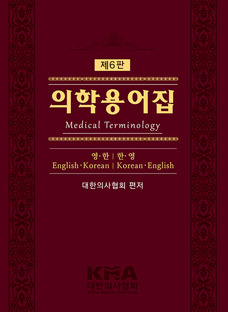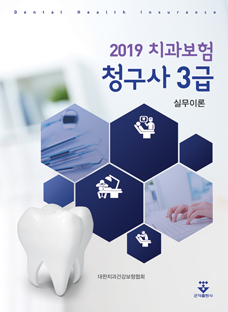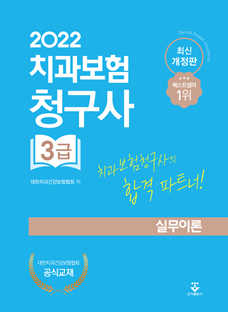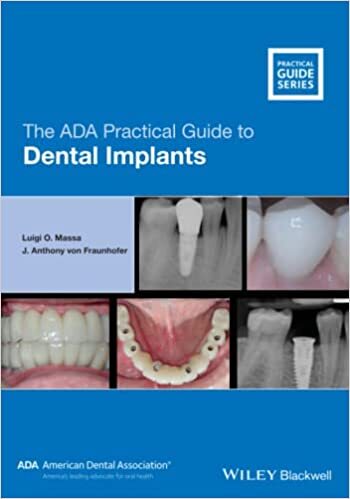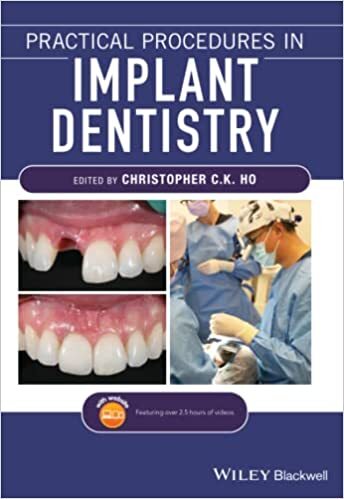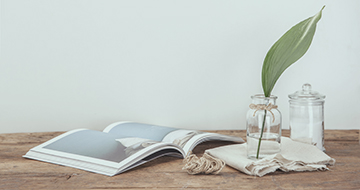This book was written for plastic surgeons, wound specialists, and other healthcare professionals who have, or wish to develop, a particular interest in wound repair. The art and science of wound healing are complex and intriguing. During the past few decades, various wound healing technologies for promoting cell activity or minimizing scar formation have been developed and some of them are being actively used at present. Selecting an appropriate wound healing strategy according to the condition of the wound is crucial for successful wound healing in that it can minimize the risk of complications, enhance the speed of wound healing, and minimize scar formation after the wound has fully healed. While there have been fairly extensive reports regarding the advanced technology of wound healing, few books of this issue has been published. The aim of ?dvances in Wound Repair?is to provide information on better treatment options in wound repair for medical professionals who deal with wounds.
During my 24 years at Korea University Plastic Surgery, I have been interested in the development of new techniques and materials that can improve functional and aesthetic results in wound repair through a procedure of the least degree of invasiveness. It is with great pleasure that I publish this updated collection of advanced technology in wound repair based on my personal experience. This work is an ancillary addition to the literature on wound repair, and brings a scientific approach to the historic art of wound repair.
This book is organized into five major sections. Part I sets the stage for providing an overview of wounds including brief anatomy of the skin, wound healing process, and wound dressings. Part II covers various methodologies in repairing acute wounds. In planning reconstruction for the skin and soft tissue defects in acute wounds, efforts should include utilization of the safest and least invasive method with a goal of achieving optimal functional and cosmetic outcomes. A variety of novel methods, which have been developed under these objectives, are described in this section of the book. Part III presents treatment protocols to successfully close non - and/or delayed - healing chronic wounds. As people in industrialized countries are getting older and become more sedentary, the prevalence of chronic wounds including diabetic ulcers is increasing dramatically. However, chronic wounds respond poorly to conventional treatments due to the involvement of multiple factors. It is imperative that the most problematic matters should be identified in each patient so that patients can receive patient-customized treatments. Part IV builds upon the information from Part III, in which severely impaired activities of cells crucial for wound healing contribute to the impairment of tissue restoration. My experience of cell transplantation for stimulation of wound healing with a variety of cells is also described here. Part V addresses aesthetic procedures using advanced technology in wound healing.
I would like to emphasize that the common subjects which have already been well dealt with elsewhere are briefly described in this book. Only those subjects regarding the novel technology for wound healing have been highlighted. Thus, it may be necessary for trainees in the fields of wound healing to discuss these neglected subjects more fully and to collect together those subjects which are of interest. I would also like to point out that this book includes numerous photographs of actual patients to assist in a better understanding of the written words.
The contributors to this book are all affiliated with Korea University Medical Center. I am grateful to my patients and colleagues in the Department of Plastic Surgery for their direct and indirect contributions. I would like to particularly express my gratitude toward Professors Woo-Kyung Kim and Seong-Ho Jeong, a Research Scientist Hyup-Woo Lee at the Plastic Surgery Research Laboratory, a Certified Wound Care Nurse Ye-Na Lee at the Diabetic Wound Center, and all Plastic Surgery Fellows and Residents. I wish to extend my appreciation to my wife, Hee-Yeon, and my Parents. Without their support and encouragement, I could not have completed this book.
It is my hope that this book will provide a rational basis for understanding and advancing the methods for wound repair.
Seung-Kyu Han
Seoul, Korea
September 2, 2012






